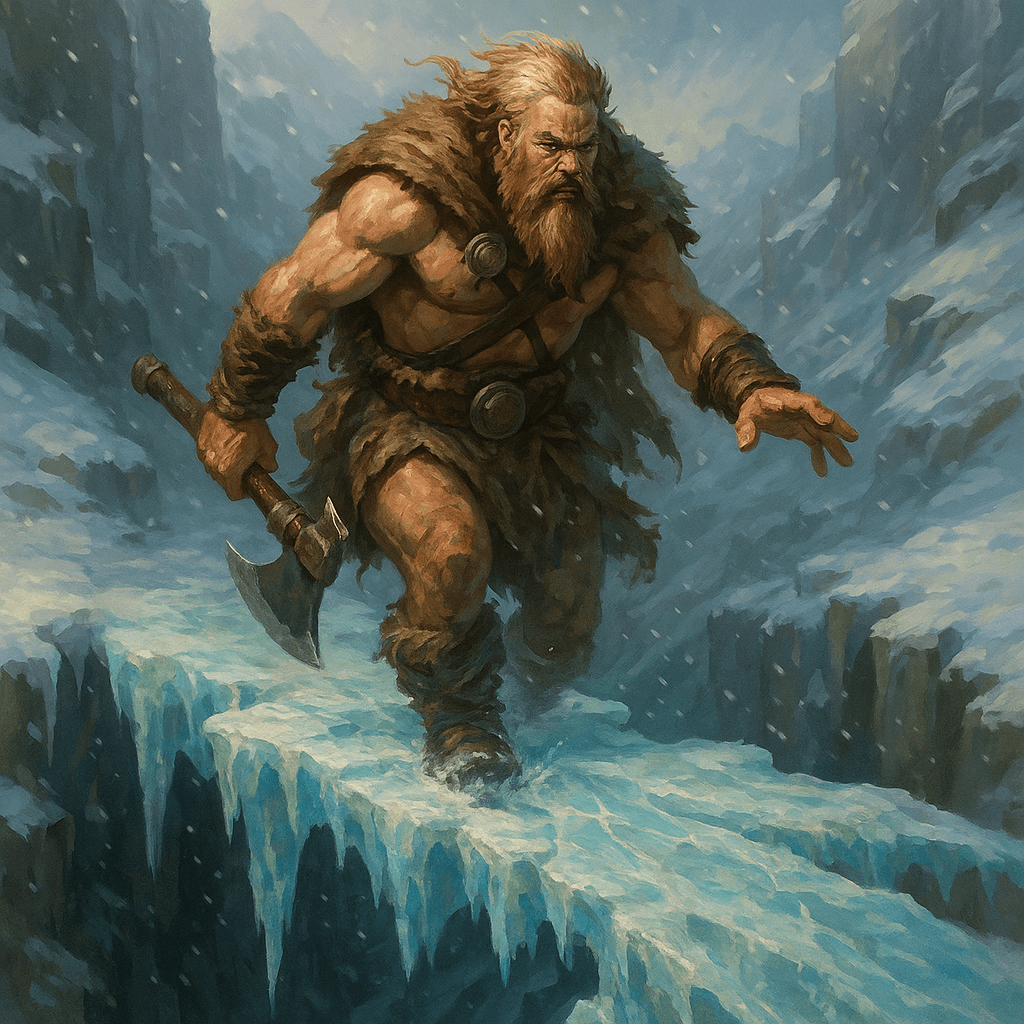Not every threat needs a sword to solve it.
Believe me, I’ve punched my way out of a lot of problems—but some of the hardest scrapes I’ve ever faced didn’t start with initiative rolls. They started with questions, obstacles, and choices. That’s where skill challenges come in.
If you’ve ever wondered, “What are skill challenges in D&D?”, grab a tankard and settle in. This is your guide to non-combat adventures that still get the blood pumping and the dice rolling—Kegslayer style.
So… What Are Skill Challenges?
Let’s cut through it. A skill challenge is a structured way to handle scenes where combat isn’t the answer, but teamwork, creativity, and smart decisions still matter.
We’re talking:
- Chases
- Debates
- Escapes
- Traps
- Rituals
- Storms
- Anything where the whole party needs to get involved
No monsters. No damage dice. Just your brains, your stats, and a bit of pressure.
When Should You Run a Skill Challenge?
Skill challenges are perfect for moments that should feel intense but don’t need a battle map.
I’ve seen them used to:
- Sneak into a fortress under guard rotation
- Cross a desert during a sandstorm
- Convince a suspicious town council
- Escape a flooding crypt
- Steal a sacred idol without setting off alarms
Any time the party says, “We want to try something wild,” and you think, “Let’s see if they can pull it off,”—that’s when you run a skill challenge.
See also: Session Zero: Setting Player Expectations — perfect for letting your group know skill challenges are part of the game.
How Skill Challenges Work (The Dave Way)
There’s no official 5e system for this, but I’ve run enough games to know what works.
1. Set the Stakes
What’s happening? What’s the danger? What’s the goal? Be clear about what success and failure look like.
“You have six rounds before the ice bridge collapses. Get across safely.”

2. Pick a Success Structure
Classic format:
5 successes before 3 failures
(You can tweak that based on how hard the situation is.)
Every player contributes a skill. If they beat the DC (usually 12–17), that’s one success. If they fail? That’s one step closer to trouble.
3. Describe the Scene, Not the Dice
Don’t say “make an Acrobatics check.” Say:
“The beam is narrow and icy. You’ll need to steady yourself and cross without falling.”
Let them tell you what skill fits. Encourage creativity.
Examples of Skill Challenge Situations
Want inspiration? Try these on for size:
- Cursed Forest Chase – Running from shadow wolves through tangled roots
- Noble Negotiation – Winning over a suspicious duke with Insight, Persuasion, and maybe a little Deception
- Exploding Arcane Reactor – Shutting it down before it melts the dungeon
- Heist at the Grand Library – Blend Arcana, Sleight of Hand, and Stealth to grab the goods
When done right, a skill challenge feels like a scene from an action movie; only you’re the one writing the script.
Tips for Running Skill Challenges
Here’s some battle-tested advice:
- Let players describe their actions and choose their skills (within reason).
- Don’t be afraid to say yes to wild ideas, as long as they fit the scene.
- Give them complications after each round: rising water, louder alarms, dwindling torchlight.
- If someone fails, narrate the consequences. Don’t just move the tracker.
- Mix in Help actions, group checks, and moments of spotlight.
The goal is tension, momentum, and shared creativity, not bookkeeping.
Skill Challenges Aren’t Skill Checks
Big difference here.
Rolling to pick a lock? That’s a skill check.
Using stealth, Deception, Insight, and Athletics to break out of a prison without alerting guards? That’s a skill challenge.
Think bigger. Skill challenges are encounters, not individual tasks.
What If They Fail?
Let them.
Seriously.
Failure shouldn’t end the game—it should change the story.
- You get caught. Now it’s a jailbreak.
- The storm pushes you off course. New map location!
- The ritual completes. The cult’s god gets involved.
In D&D, failure is often more fun than success, as long as it moves the story forward.
Final Thoughts from the Kegslayer
So, what are skill challenges? They’re your secret weapon for keeping things tense without rolling initiative.
Use them to build drama, push roleplay, and let every character shine, not just the damage dealers. Done right, they’re just as thrilling as any combat and often more memorable.
And if you’ve never had your entire party sweat over a collapsing bridge, a spiralling lie, or a magical explosion with six seconds left to react? Trust me—you’re missing out.
So next time you prep your session, don’t just build fights. Build challenges. And give your players a reason to roll something other than attack.
— Dave “The Kegslayer”, bruised but enthusiastic

